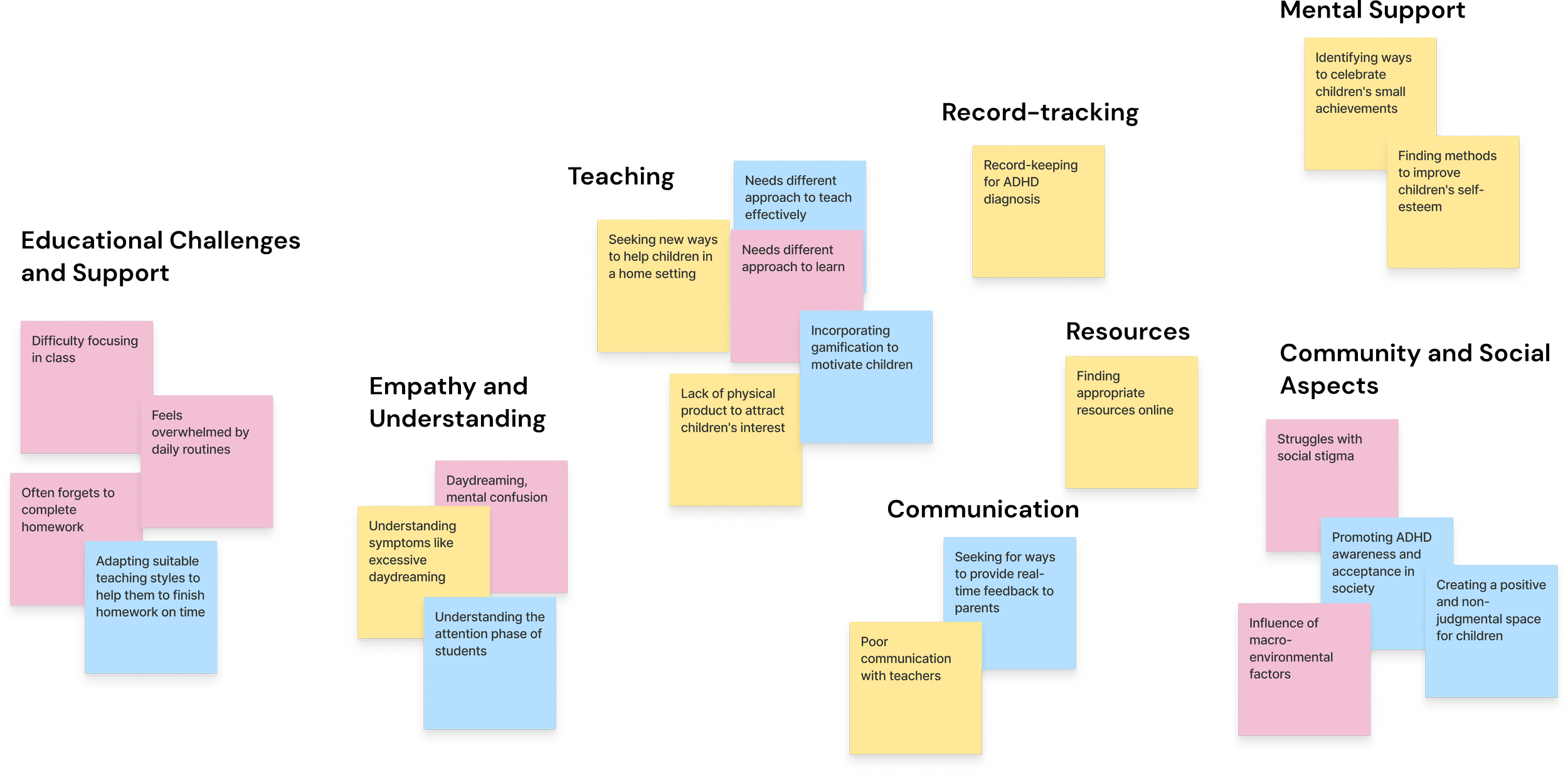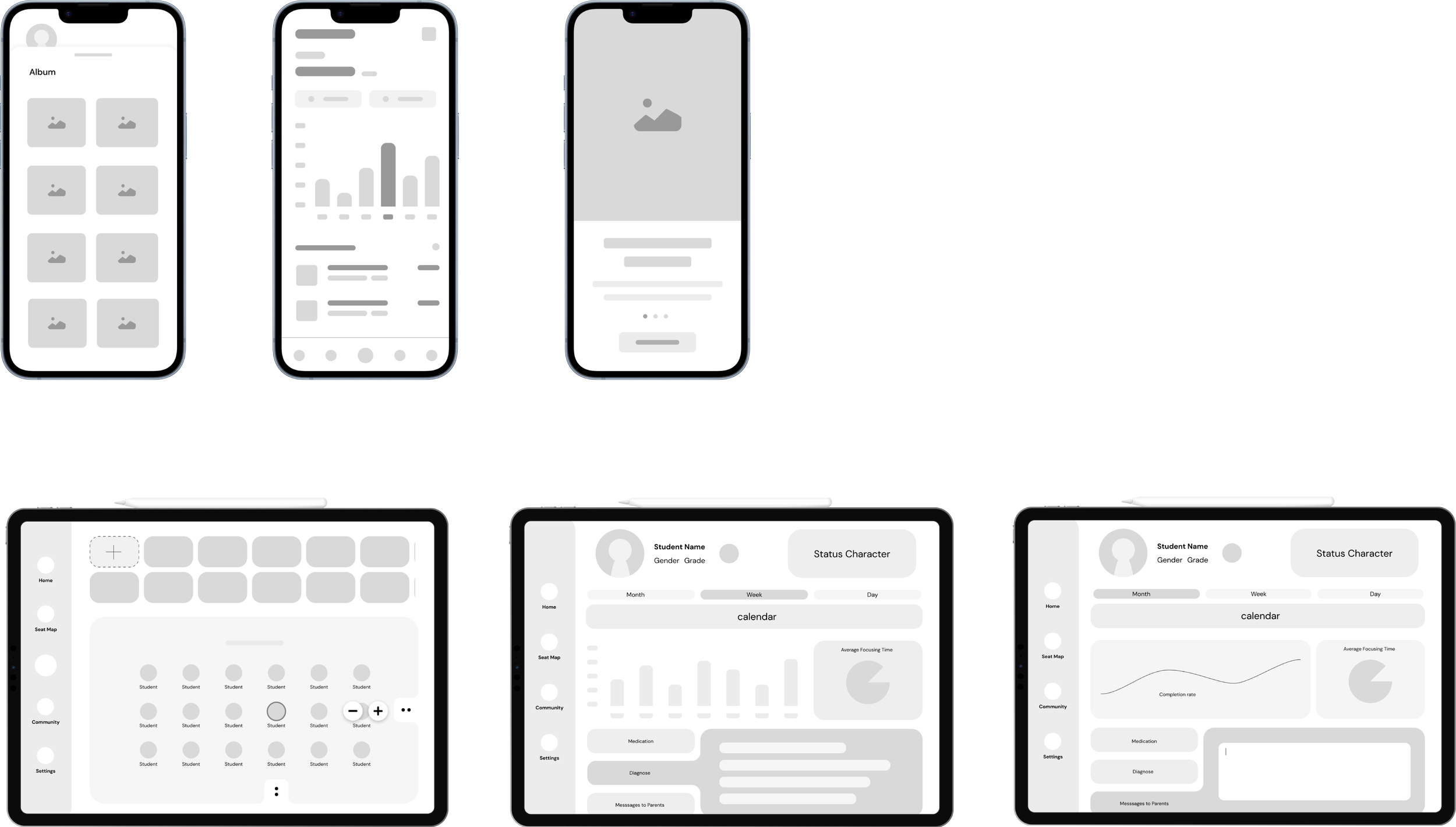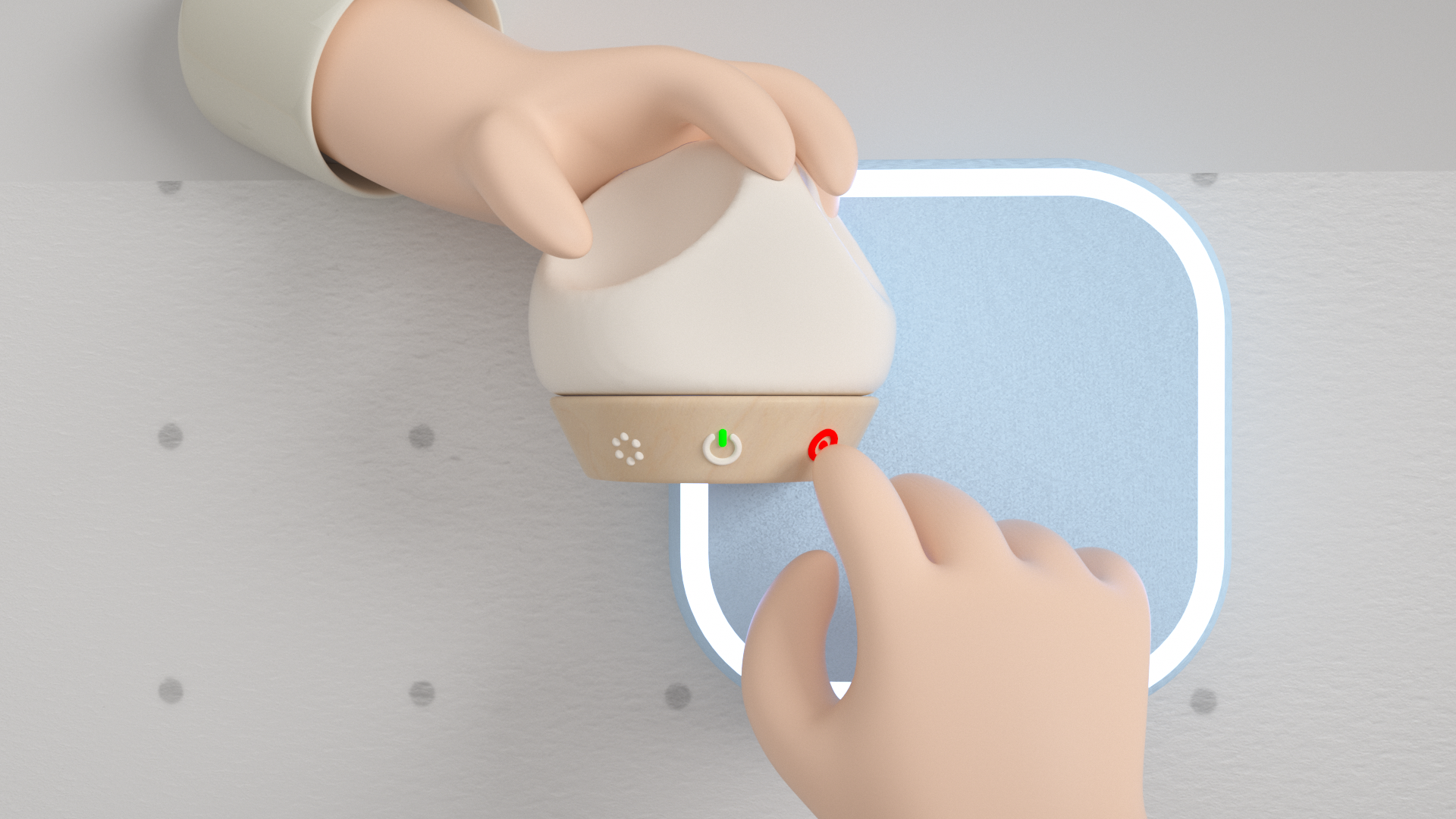Routio: For kids with ADHD
* Winner of UX Design Award | New Talent
* Winner of NY Product Design Award | Silver
* Winner of International Design Award | Honorable Mention
Overview
Routio's methodology is fundamentally evidence-based, leveraging interdisciplinary research in the fields of psychology, neuroscience, and education to support children with Attention Deficit Hyperactivity Disorder (ADHD).
Design an engaging product that enables children with ADHD to improve their social behaviors and organizational skills, allows parents and teachers to help tackle their challenges of social stigma and record-keeping for ADHD diagnosis
Goal
Target
Target Audience: 5-10 years old primary school students with ADHD and their parents, teachers
Timeline
Summer 2024
Role
Lead UI/UX Designer
Research
User Survey
Survey Platform: Google Forms
*Data Collected from Google Forms responses, children with ADHD finished the survey with the help of their parents:
Quantitative & Qualitative survey
The survey was designed with a mix of quantitative and qualitative questions. This allowed us to not only gather numerical data but also gain deeper insights into the personal experiences and challenges faced by the children, as described in their own words or by their parents and teachers.
68%
of children with ADHD reported they often forget to complete homework assignments.
73%
said they find it hard to concentrate in class.
79%
expressed feeling overwhelmed by their daily routines
Reviews (Collected from open-ended responses):
"Sometimes, I just forget what I'm supposed to be doing. It's like my mind is always somewhere else." - Respondent 12, Age 10
"As a parent, it's painful to see your child struggle. We're constantly looking for ways to help him cope." - Respondent 24, mother of a child with ADHD
Secondary Research
Why Research Matters: By diving into scientific research papers, I aim to bridge the gap between clinical insights and practical design, ensuring my solution addresses real challenges. For instance, I want to learn how tactile engagement, visual feedback, and interactive elements can support focus and creativity.
According to the "Educational experiences of young people with ADHD in the UK" report, the worldwide prevalence of ADHD in children and young people is approximately 5%. ADHD is an early-onset neurodevelopmental disorder that significantly impacts the educational experiences and outcomes of these children.
The three types of ADHD are primarily hyperactive and impulsive, primarily inattentive, and combined.
Target Audience & Persona
Target Audience: 5-10 years old primary school students with ADHD, their parents, and teachers
Including a student persona as part of my research is essential because it humanizes the design process and ensures the tool is tailored to the unique needs, behaviors, and challenges of students with ADHD. A well-crafted persona helps me step into their world, understanding their daily struggles.
Problem Define & Affinity Mapping
Grouping
To better define the key problems, I grouped the collected problems into different categories.
Insights from my UX research : According to the result of the affinity mapping, I found and categorized three main problems: Educational problems related to organization skills like hard to focus, difficulties in tracking records of the activities in order to help teaching and improve communication, and lack of community supports and credible resources.
"How Might We ...
design an engaging product that enables children with ADHD to improve their social behaviors and organizational skills, allows parents and teachers to help tackle their challenges of social stigma and record-keeping for ADHD diagnosis?"
User Flow & Wireframes
Product Features
Key Problem 01
Educational problems related to organization skills, hard to focus, etc
Solution 01
Puzzle Planning: The product allows children with ADHD to plan their daily schedules in the form of a puzzle, creating a visual representation of their tasks on the wall.
Key Problem 02
Difficulties in tracking records of the activities in order to help teaching and improve communication
Solution 02
Voice Recording: Children can record voice notes, enhancing their interaction with the tasks and adding a personalized touch to their daily routines.
Key Problem 03
Lack of community supports and credible resources
Solution 03
Transforming the healthcare community: fostering a supportive environment where users can exchange tips, ask questions, and learn from each other. Together, we can navigate the journey of managing ADHD with Routio.
Product Demo
We aim to create an inclusive environment for these children at home and in the classroom.
















